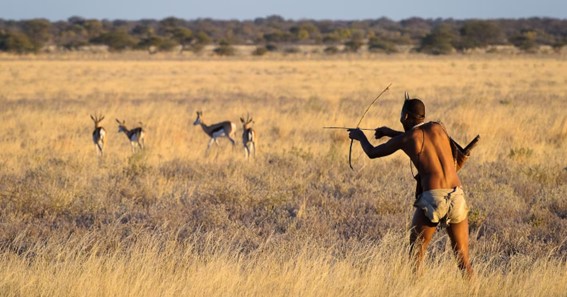Are you curious to know what is a transient predator? You have come to the right place as I am going to tell you everything about a transient predator in a very simple explanation. Without further discussion let’s begin to know what is a transient predator?
What Is A Transient Predator?
In the intricate web of life, transient predators hold a vital position. These elusive hunters play a crucial role in maintaining balance within ecosystems by regulating populations of prey species and contributing to overall biodiversity. If you’re curious about transient predators and their fascinating nature, this blog post will guide you through their characteristics, hunting strategies, and ecological significance.
Understanding Transient Predators:
Transient predators, as the name suggests, are mobile and transient in nature. Unlike resident predators that establish territories and defend them, transient predators roam across various habitats in search of prey. They are opportunistic hunters and adapt their behavior and diet to the availability of prey in different areas.
Characteristics Of Transient Predators:
- Adaptability: Transient predators exhibit remarkable adaptability, allowing them to survive in a range of environments and conditions. They possess the ability to switch their hunting tactics, modify their diet, and adjust their behavior based on the prey species and habitat they encounter.
- Wide Geographic Range: Transient predators have expansive home ranges that often span multiple habitats. They move across these areas in response to changes in prey distribution, resource availability, and environmental conditions.
- High Mobility: These predators are highly mobile, utilizing their agility and speed to cover vast distances in search of prey. They may travel long distances, including migration, to find suitable hunting grounds.
Hunting Strategies:
- Ambush: Transient predators often employ ambush tactics, utilizing their stealth and camouflage to surprise their prey. They patiently wait in strategic locations, such as dense vegetation or elevated positions, before launching a swift attack.
- Opportunistic Feeding: Being adaptable hunters, transient predators take advantage of various food sources. They exploit any available prey, including small mammals, birds, reptiles, and even other predators when the opportunity arises.
- Cooperative Hunting: Some transient predators, such as certain species of canids, exhibit cooperative hunting behavior. They coordinate their efforts to take down larger or more elusive prey, relying on teamwork and communication within their social groups.
Ecological Significance:
- Population Control: Transient predators help regulate prey populations, preventing overpopulation that can lead to resource depletion and habitat degradation. By controlling the numbers of herbivores, they indirectly influence vegetation growth and ecosystem dynamics.
- Ecosystem Balance: By targeting weaker or sick individuals, transient predators help maintain the overall health and genetic diversity of prey populations. They play a crucial role in weeding out individuals with lower fitness, allowing stronger individuals to reproduce and perpetuate resilient genetic traits.
- Indicator Species: The presence or absence of transient predators can indicate the ecological health of an ecosystem. Their decline or disappearance may suggest imbalances or disturbances within the food web, prompting further investigation and conservation efforts.
Conclusion:
Transient predators are fascinating creatures that roam the landscapes, adapting their hunting strategies to changing conditions. Their adaptability, wide-ranging movements, and crucial ecological role make them integral components of natural ecosystems. By regulating prey populations and contributing to biodiversity, transient predators help maintain the delicate balance of nature. Understanding and appreciating these elusive hunters sheds light on the intricate dynamics of the natural world, reminding us of the interconnectedness and beauty of our planet’s diverse ecosystems.
Know more about such companies here on Findingceo.
FAQ
What Is The Difference Between An Offender And A Predator?
The Offender and Predator Database
In closing, the difference between a sexual offender and a sexual predator is the severity or frequency of the offense committed. Predators are considered more dangerous due to circumstances surrounding their crimes.
What Do The Tiers Mean In Megan’s Law?
If you receive a score of 0 to 36, you are considered to be low risk and will likely be placed into Tier 1. If you score between 36 and 73, you are considered a moderate risk and will likely be placed into Tier 2. If you receive a score of 74 or higher, you are deemed high risk and will likely be placed into Tier 3.
What Does In Violation Mean On Megan’s Law?
“When you see ‘in violation’ on Megan’s Law, it doesn’t mean that they’ve committed a new offense,” a deputy clarified. “What it means is that they’ve done something and it’s usually something that regards the timeline concerning their registration. So if you change your address, you have 5 days to let someone know.
How Do You Tell If A Man Is A Predator?
Signs of a Sexual Predator
- Associating with Children. …
- Creating Dependency. …
- Using Manipulative Language. …
- Pushing Physical and Sexual Boundaries. …
- Expressing Jealousy and Controlling Behavior.
I Have Covered All The Following Queries And Topics In The Above Article
What Is A Transient Person
What Is A Transient Predator
What is the relationship between prey and a predator?
